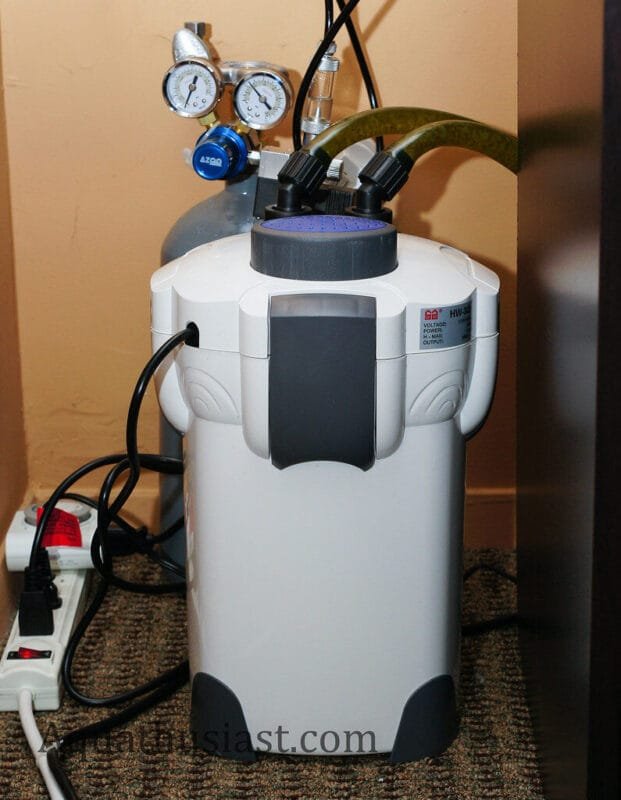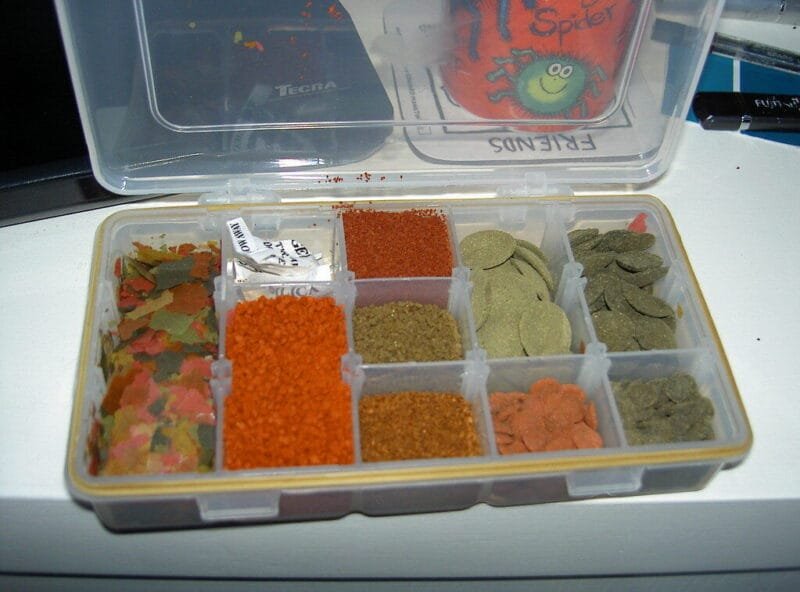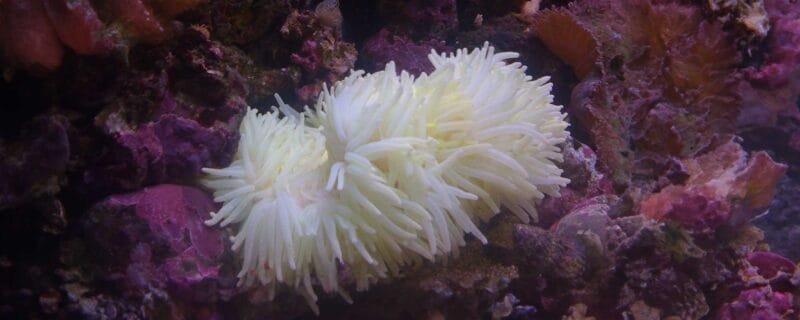Many aquarium owners struggle with knowing when to change their water, a key element for maintaining a healthy aquatic environment. Regular water changes prevent the buildup of harmful toxins that can stress or harm your fish. You should aim to change about 10-20% of the water weekly or 25-50% every two weeks depending on your tank’s size and bioload. Consistency in this practice supports stable water conditions, promoting the well-being of your fish and the overall ecosystem in your aquarium.
Key Takeaways:
- Change 10-15% of the water weekly for freshwater aquariums to maintain water quality.
- For saltwater aquariums, 20-25% water changes every 2-4 weeks are typically recommended.
- Use a test kit to monitor water parameters and adjust the frequency of changes as needed.
Importance of Water Changes
Changing aquarium water is vital for maintaining a healthy environment for your fish. Regular water changes prevent the buildup of toxins and harmful substances, ensuring a stable habitat. Poor water quality can lead to stress, disease, and even death among your aquatic pets. By staying on top of water changes, you actively promote a thriving ecosystem within your tank.
Benefits for Fish Health
Healthy fish require clean water to thrive, and regular water changes directly support their well-being. By removing waste products and harmful chemicals, you enhance their immune systems, reduce the risk of disease, and promote natural behaviors. You’ll notice that your fish become more active and vibrant when provided with optimal water conditions.
Maintaining Water Quality
Effective water quality management hinges on understanding its crucial parameters, including pH, ammonia, nitrites, and nitrates. Frequent water changes help you keep these levels in check. Ideally, you should test your water weekly to monitor for fluctuations, but regular changes will minimize the likelihood of spikes, ensuring your fish remain safe and healthy.
For instance, maintaining an ammonia level below 0.5 mg/L is crucial, as higher concentrations can lead to toxicity. Nitrates should stay below 20 mg/L for freshwater tanks to avoid stress on your fish. Implementing a routine where you change a small percentage of the water each week helps keep these parameters stable, creating a balanced environment that fosters fish growth and reduces the chance of algae blooms and other complications. By prioritizing water quality, you not only protect your aquatic pets but also optimize their habitat for longevity and vitality.
Factors Influencing Water Change Frequency
Several factors can influence how often you should change your aquarium water. These include the size of the aquarium, the number and type of fish, the filtration system, and feeding habits. Each of these elements plays a role in determining the overall water quality and the necessary maintenance frequency. Recognizing these factors allows you to tailor your water change schedule effectively.
Size of the Aquarium
The size of your aquarium significantly impacts the water change frequency. Larger tanks tend to be more stable, with better water quality due to increased volume, which dilutes toxins more effectively. Conversely, smaller tanks can accumulate waste rapidly, requiring more frequent changes. Generally, smaller aquariums may need water changes of up to 20-30% weekly, while larger ones might suffice with 10-15%. The water-to-fish ratio is imperative in maintaining a healthy environment.
Number and Type of Fish
The number and type of fish in your aquarium directly affect water quality and should influence your water changing routine. Fish that produce higher waste, such as cichlids or goldfish, necessitate more frequent water changes, often up to 25% weekly. Conversely, low-waste fish like neon tetras allow for more lenient schedules. Additionally, overcrowding increases waste and toxins, making it vital to monitor your tank’s bioload to maintain a healthy aquatic ecosystem.
Understanding your fish’s needs is key to effective aquarium maintenance. For instance, species like betta fish may thrive in smaller setups without excessive waste production, while others, like plecos, can produce significant amounts of waste even in larger tanks. This variance necessitates adjusting your water change frequency based on the specific fish present and their behavior. Monitoring water parameters regularly and understanding your fish’s waste output will help in determining the appropriate schedule for water changes.
Recommended Water Change Schedules
For Freshwater Aquariums
For freshwater aquariums, you should aim to change 10-15% of the water weekly. This routine keeps your tank clean and maintains optimal water quality, ensuring your fish thrive. Regular changes help eliminate toxins and excess nutrients that can lead to algae growth and poor fish health.
For Saltwater Aquariums
In saltwater aquariums, it’s advisable to change 20-25% of the water every two weeks. This higher frequency is vital due to the more complex biochemistry and increased waste produced by marine fish and invertebrates. Regular changes help keep levels of nitrates and phosphates in check.
For Saltwater Aquariums
In saltwater setups, fluctuations in trace elements can significantly impact your aquarium’s health. Regular water changes not only reduce the buildup of harmful chemicals but also replenish imperative minerals that support coral growth and overall marine life vitality. For more sensitive species, consider up to 30% changes every two weeks to maintain stability in your aquatic ecosystem.
Signs That Water Needs Changing
Recognizing when your aquarium water needs changing can prevent serious issues for your aquatic life. Observing changes in water clarity, smell, and fish behavior can provide vital clues. Regular monitoring allows you to identify when conditions are unsuitable for your fish, ensuring a healthier environment.
Water Clarity and Smell
If your aquarium water appears cloudy or has a foul odor, it indicates that waste has accumulated, and toxins may be present. Clean, clear water is vital for the well-being of your fish. A lingering smell often suggests organic decay, which can harm aquatic life.
Fish Behavior and Health
Your fish’s behavior can be a telling sign of water quality. If you notice increased lethargy, erratic swimming, or signs of stress like gasping at the surface or hiding, these may indicate poor water conditions. Healthy fish tend to be active and curious, so observing unusual behavior is a key signal.
Increased stress levels in fish may be linked to high ammonia or nitrate levels in the water. For instance, if your fish are frequently hiding or displaying rapid gill movements, it’s a strong indication the water quality has deteriorated. Regular testing of ammonia and nitrite levels can give you quantifiable data to correlate with behavioral changes, ensuring you address water issues before they escalate into serious health problems.
How to Properly Change Aquarium Water
To effectively change your aquarium water, follow a systematic approach that ensures optimal conditions for your aquatic life. Begin by preparing your new water to match temperature and pH levels of your tank. Use appropriate methods to siphon and replace water, ensuring you minimize stress on your fish and maintain beneficial bacteria.
Tools and Supplies Needed
Gather the vital tools for a seamless water change: a siphon or gravel vacuum, a clean bucket designated for aquarium use, water conditioner, and test kits for pH and ammonia. These items will help you maintain a healthy, thriving environment for your aquatic inhabitants.
Step-by-Step Process
Performing a water change involves several key steps. First, turn off any filters and heaters to prevent damage. Next, use a siphon to remove the desired amount of water, ensuring to clean substrate debris. Replace it with fresh, dechlorinated water to complete the process while monitoring water parameters.
Step-by-Step Process
| 1. Turn off equipment | Prevent damage during the process |
| 2. Remove old water | Use a siphon to extract water and debris |
| 3. Clean substrate | Avoid harmful buildup of waste |
| 4. Add new water | Ensure it matches temperature and pH |
| 5. Turn on filters | Restore normal aquarium function |
Begin your process by turning off all aquarium equipment. This precaution prevents any damage while working. Next, use your siphon to carefully extract the specified amount of water, aiming to capture waste and debris at the bottom. It’s best to do this gradually to minimize stress on your fish. After extracting, prepare and introduce fresh water that has been treated to remove chlorine and match your aquarium’s temperature and pH. Finally, restore your filters and heaters to resume normal operations.
Final Words
The frequency of changing your aquarium water depends on various factors, including tank size, fish population, and filtration system. Generally, you should aim to change 10-15% of the water weekly or 25-30% bi-weekly for optimal water quality. Regular testing of parameters like ammonia, nitrite, and nitrate levels will help you determine if more frequent changes are necessary. By maintaining a consistent schedule, you ensure a healthier environment for your aquatic life, promoting their well-being and enhancing the overall appearance of your aquarium.
FAQ
Q: How often should I change my aquarium water?
A: It is recommended to change 10-15% of the water weekly. For heavily stocked tanks, you may need to change 20-25% more frequently, potentially every 4-7 days.
Q: What factors influence how often I should change the water?
A: Key factors include the size of the tank, the number and type of fish, the presence of live plants, and the filtration system in use. More fish or less filtration typically require more frequent changes.
Q: Can I do a partial water change instead of a full one?
A: Yes, partial water changes are sufficient and beneficial for maintaining water quality. Full water changes are usually discouraged, as they can disrupt the tank’s ecosystem.






